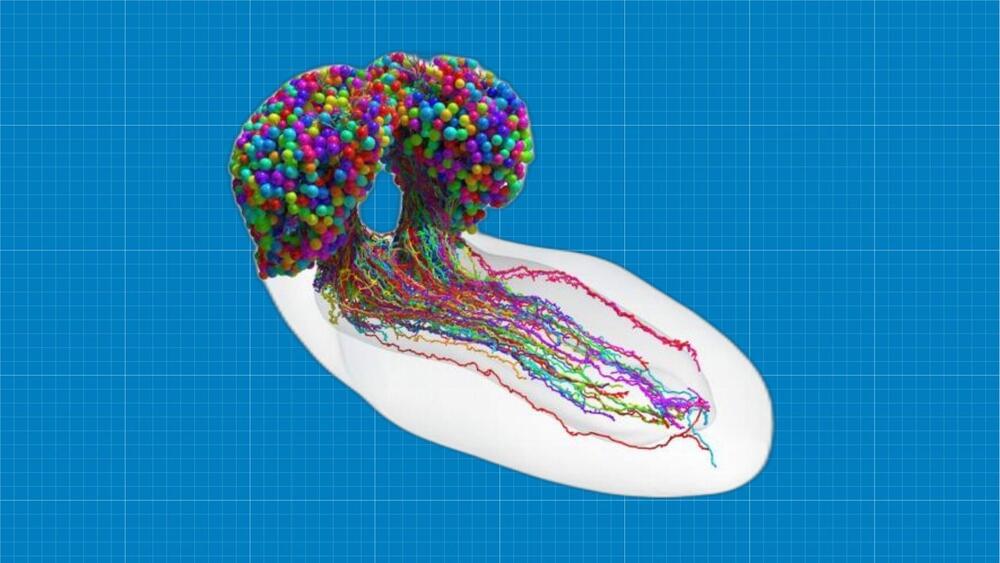It will be a free addition to the Grammarly service.
GrammarlyGO, a contextually aware assistant powered by generative artificial intelligence (AI), has been unveiled by Grammarly, a U.S. cloud-based typing assistant. GrammarlyGO will be increasing productivity by altering the way individuals and organizations communicate and complete work, according to a blog by the company published on Wednesday. “It uses generative AI to help people and businesses succeed with on-demand communication assistance, whether they are starting from scratch or revising an existing piece of writing,” said the press release.
ILexx/iStock.
“GrammarlyGO will address this problem by quickly generating highly relevant text with an understanding of personal voice and brand style, context, and intent — saving people and businesses time while accounting for their unique needs.”









